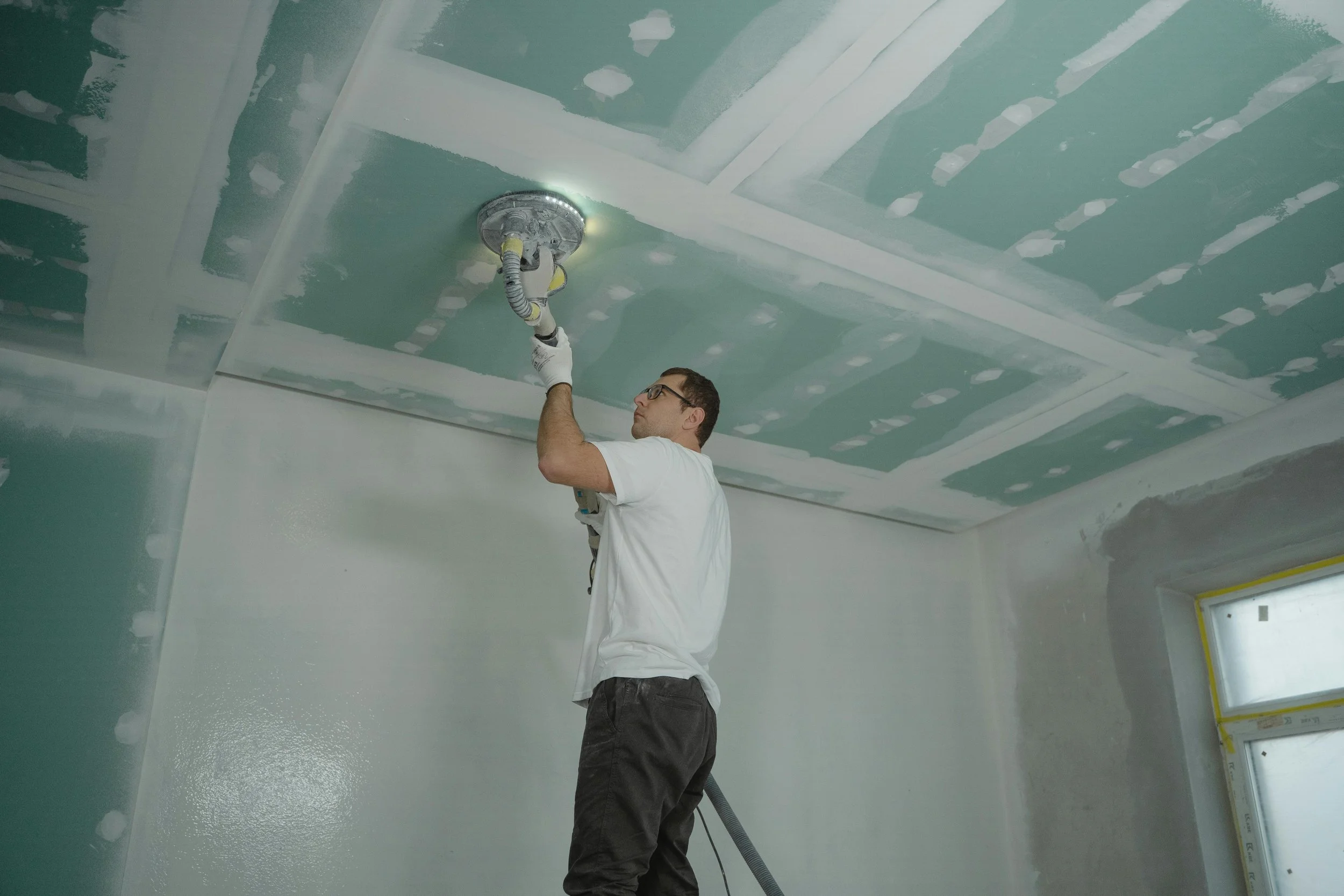The Essential Home Remodeling Checklist Every Homeowner Should Follow
Leading property management companies like the Vesta Management group notes that home remodeling projects can be exciting yet overwhelming, with countless details to manage. Whether you're updating your kitchen, revamping the living room, or undertaking a full-home renovation, a well-structured plan is crucial to ensuring a smooth and successful project. This essential checklist provides a step-by-step guide for homeowners, helping them stay organized and avoid common pitfalls.
Define Your Remodeling Goals
Before starting your remodeling project, take the time to clearly define your goals. Ask yourself why you’re undertaking the renovation and what you aim to accomplish. Are you improving functionality, enhancing aesthetic appeal, or increasing your home’s resale value? Determine whether your focus is on specific areas like the kitchen or bathroom or if you’re looking for an overall upgrade. Once you identify your objectives, prioritize them based on importance and feasibility. Writing down your goals creates a tangible reference that can guide your decision-making. A clear vision ensures your remodeling efforts are cohesive and align with your expectations.
Establish a Realistic Budget
Setting a realistic budget is one of the most critical aspects of a remodeling project. Begin by researching the average costs for the type of renovations you’re planning, from materials to labor. Factor in all expenses, including design fees and permits, to avoid surprises later. It's also essential to include a contingency fund of 10-20% of your total budget for unforeseen issues, such as structural repairs or material shortages. Communicate your financial limits clearly with contractors to prevent overspending. A well-thought-out budget ensures you remain in control of your finances while achieving your desired remodeling outcomes.
Create a Detailed Plan
A detailed plan serves as the foundation for a successful remodeling project. Begin by outlining the project’s scope, listing the areas to be remodeled and the changes you envision. Create rough sketches or hire a professional designer to produce detailed blueprints that incorporate your ideas. Specify materials, finishes, and fixtures to avoid ambiguity during execution. Break the plan into phases, setting clear milestones to track progress. This step-by-step approach helps contractors understand your vision and ensures all parties are aligned. A comprehensive plan not only streamlines the remodeling process but also minimizes miscommunication and delays.
Hire the Right Professionals
Selecting the right professionals for your remodeling project is essential to ensure high-quality results. Take time to research contractors and designers who specialize in the type of work you need, such as professional kitchen renovations in Orange County, where expertise in modern layouts and finishes is often required. Look for reviews and recommendations, and verify credentials like licenses and insurance to avoid potential issues. Schedule consultations to discuss your project, review their portfolio, and assess their ability to understand your vision. A reliable team will not only bring your ideas to life but also keep the project on schedule and within budget.
Secure Necessary Permits
Before beginning any remodeling work, check whether your project requires permits. Renovations involving structural changes, plumbing, electrical systems, or additions often need approval from local authorities. Research your municipality’s regulations and gather the necessary documentation to apply for permits. Neglecting this step can result in hefty fines, delays, or even having to undo completed work. Collaborate with your contractor to ensure all permits are obtained before construction starts. By addressing legal requirements upfront, you’ll avoid complications and keep your project on track while adhering to building codes.
Choose Quality Materials
The materials you choose significantly impact the durability and appearance of your remodeling project. Opt for materials that balance aesthetics with practicality, considering factors like longevity, ease of maintenance, and environmental impact. While it may be tempting to save money by selecting lower-cost options, investing in high-quality materials often pays off in the long term by reducing repair and replacement costs. Research product reviews and consult professionals to make informed decisions. Durable and sustainable materials enhance the overall value of your renovation, providing a return on investment and lasting satisfaction.
Set a Realistic Timeline
Establishing a realistic timeline is essential for managing expectations and minimizing stress during your remodeling project. Collaborate with your contractor to create a schedule that outlines key phases, including preparation, construction, and finishing touches. Account for potential delays caused by weather, supply chain issues, or unforeseen challenges. Incorporate buffer periods to accommodate unexpected developments without derailing the entire project. Communicate the timeline with all parties involved to ensure everyone stays on the same page. A well-structured timeline keeps your project organized and ensures steady progress toward achieving your remodeling goals.
Home remodeling can be a complex journey, but following this essential checklist ensures you’re well-prepared at every stage. From setting clear goals and a realistic budget to choosing quality materials and the right professionals, a structured approach leads to a successful transformation. With careful planning and attention to detail, you can turn your home remodeling dreams into a stunning reality.




